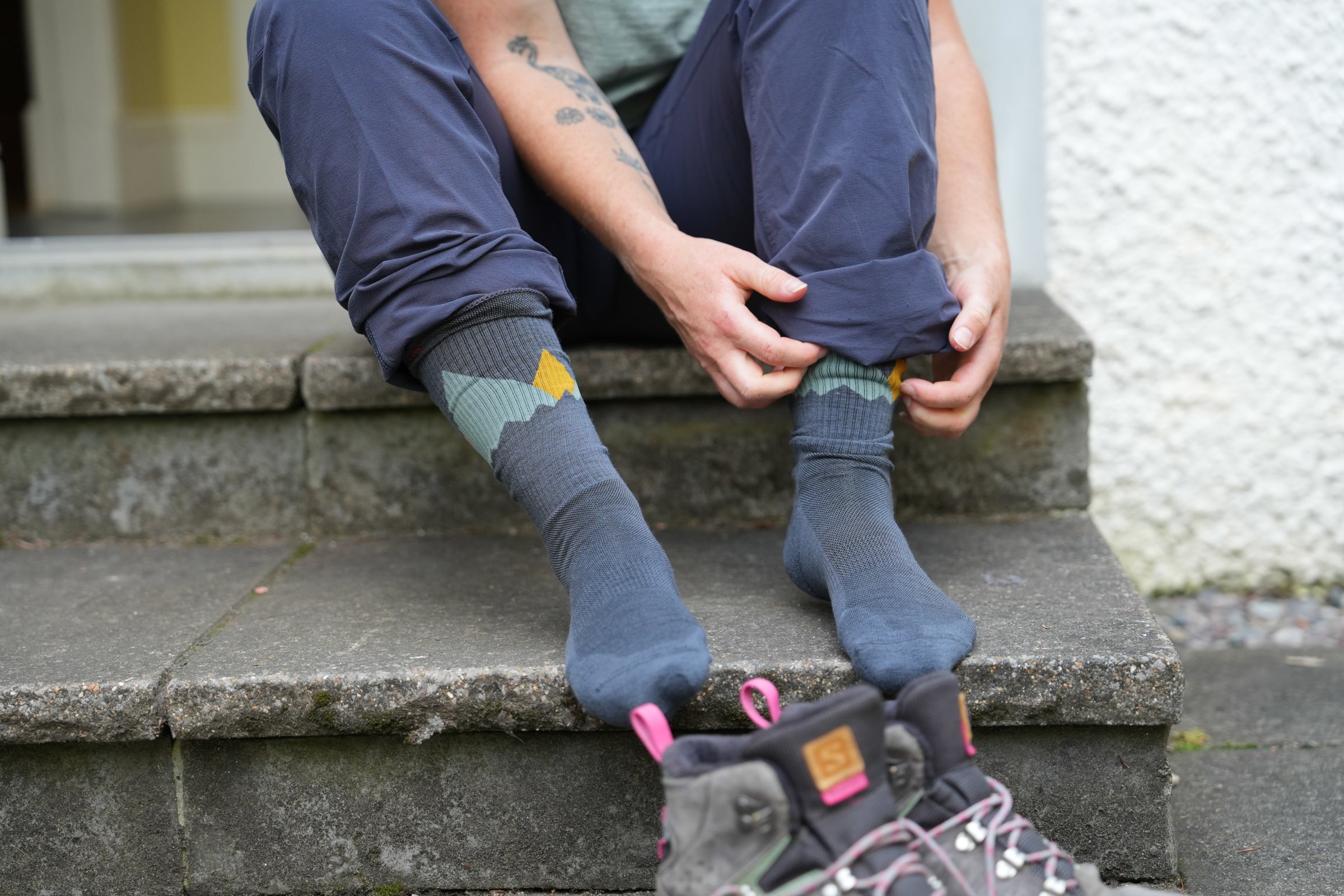
Why Do Hikers Wear Wool Socks?
When you’re heading out on the trail, every piece of gear matters, from your boots to your backpack. But one item hikers swear by is wool socks, especially those made with merino wool. Here’s why merino socks are trusted by hikers around the world.
1. Moisture management
Merino wool naturally wicks sweat away from your skin, keeping feet dry for longer. Dry feet mean fewer blisters, less discomfort, and more miles without distraction.
2. Temperature regulation
Whether you’re hiking in summer heat or winter chill, merino adapts. Its fine fibres trap air to keep warmth in when it’s cold, yet breathe easily to release heat when it’s warm. That balance keeps feet at a steady, comfortable temperature.
3. Odour resistance
Days on the trail can test even the toughest socks. Merino’s natural antimicrobial properties resist odour build-up, meaning fresher feet (and less to worry about in the tent at night).
4. Softness and comfort
Unlike traditional wool, merino fibres are much finer, so they feel soft against the skin with no itch. When you’re on your feet all day, comfort makes all the difference.
5. Durability for the trail
Merino socks are often blended with a little synthetic fibre to add strength and stretch, creating a pair of hiking socks that can take on long trails and rough terrain without wearing out quickly.
Sock material comparison
| Feature | Merino | Cotton | Synthetic |
|---|---|---|---|
| Moisture management | Excellent – wicks sweat, dries quickly | Poor – holds moisture, causes blisters | Good – wicks moisture, but can feel clammy |
| Temperature control | Regulates heat in warm and cold weather | Hot in summer, cold when wet | Breathable but less insulating |
| Odour resistance | Natural odour control, stays fresher | Retains odour | Prone to odour build-up |
| Comfort | Soft, non-itch, cushioned | Soft initially, uncomfortable when wet | Smooth feel, may lack cushioning |
| Durability | Strong with added fibres | Weak when wet, wears out quickly | Very durable, less natural comfort |
| Moisture management | |
|---|---|
| Merino | Excellent – wicks sweat, dries quickly |
| Cotton | Poor – holds moisture, causes blisters |
| Synthetic | Good – wicks moisture, but can feel clammy |
| Temperature control | |
|---|---|
| Merino | Regulates heat in warm and cold weather |
| Cotton | Hot in summer, cold when wet |
| Synthetic | Breathable but less insulating |
| Odour resistance | |
|---|---|
| Merino | Natural odour control, stays fresher |
| Cotton | Retains odour |
| Synthetic | Prone to odour build-up |
| Comfort | |
|---|---|
| Merino | Soft, non-itch, cushioned |
| Cotton | Soft initially, uncomfortable when wet |
| Synthetic | Smooth feel, may lack cushioning |
| Durability | |
|---|---|
| Merino | Strong with added fibres |
| Cotton | Weak when wet, wears out quickly |
| Synthetic | Very durable, less natural comfort |
The bottom line
Hikers wear wool socks because they work, and merino wool takes those benefits to the next level. With dryness, comfort, odour control, and year-round performance, merino hiking socks are an essential part of every hiker’s kit.





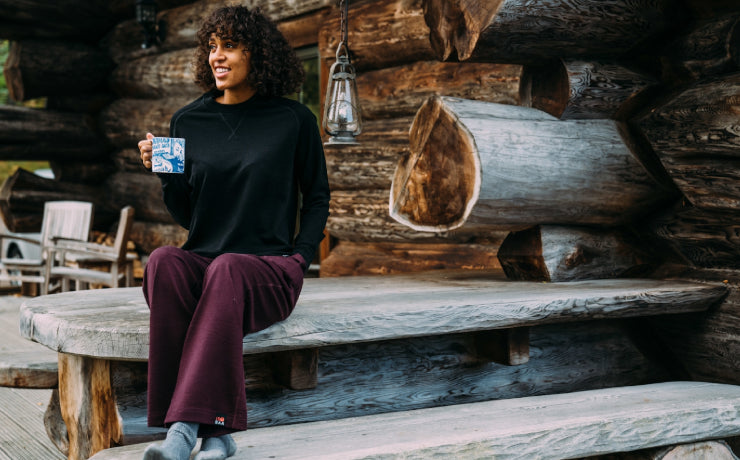
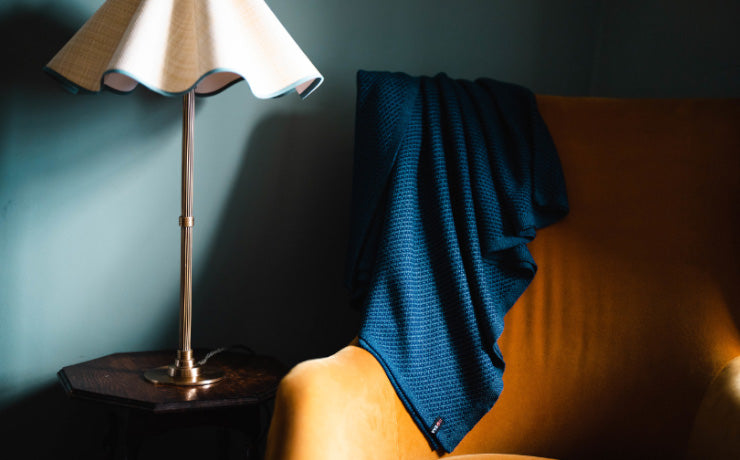
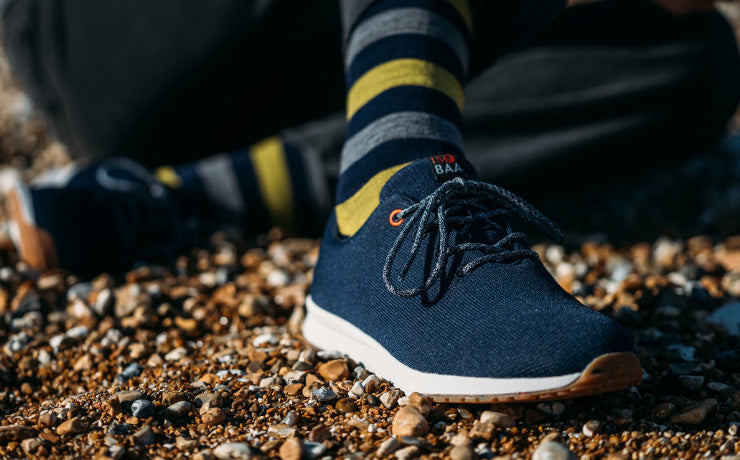



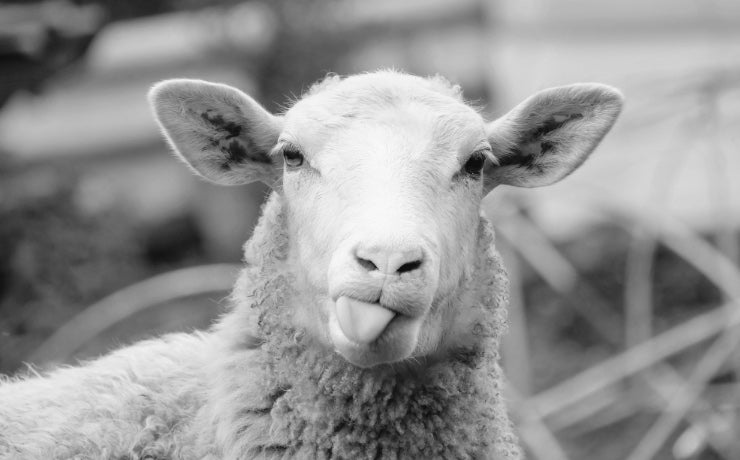
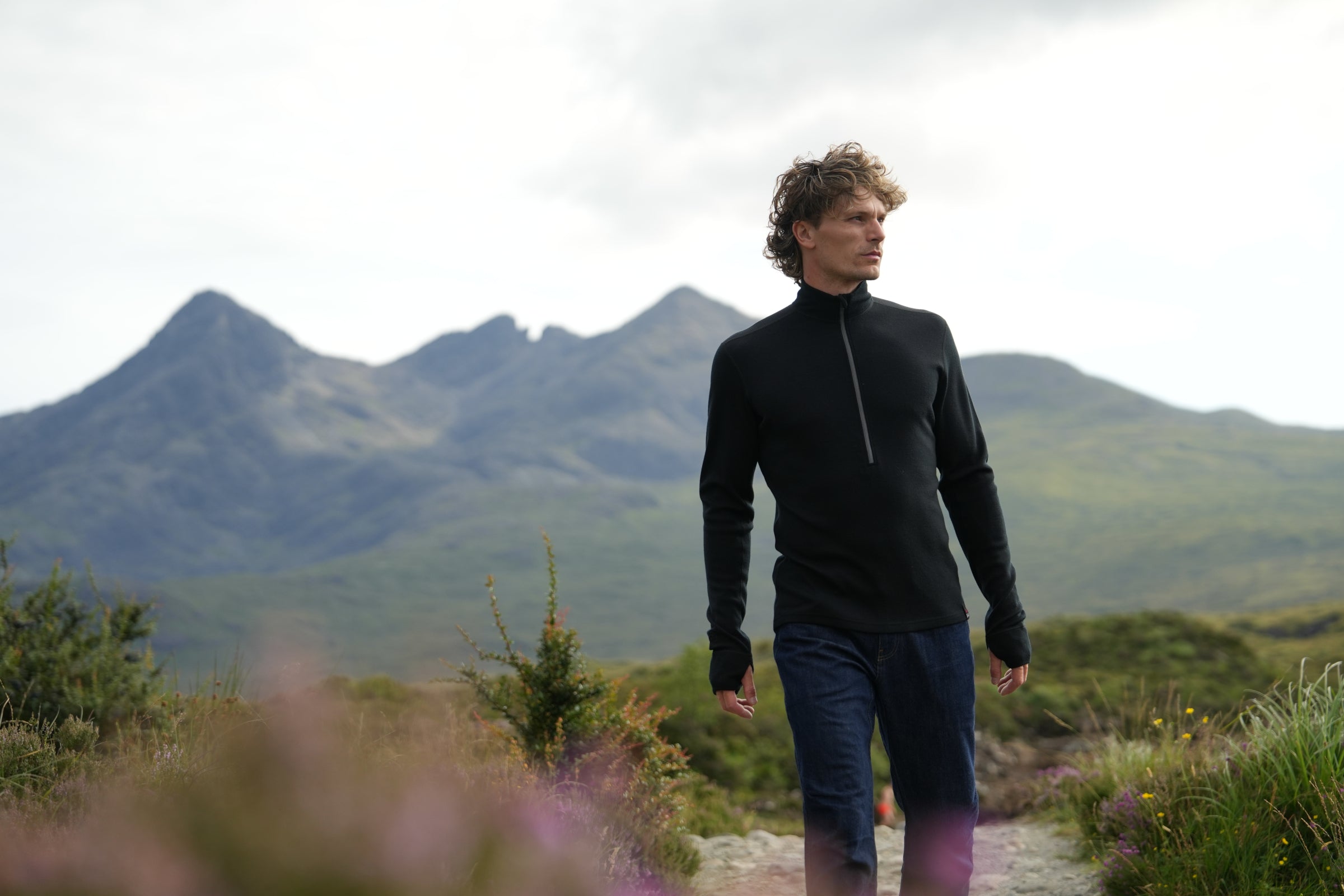
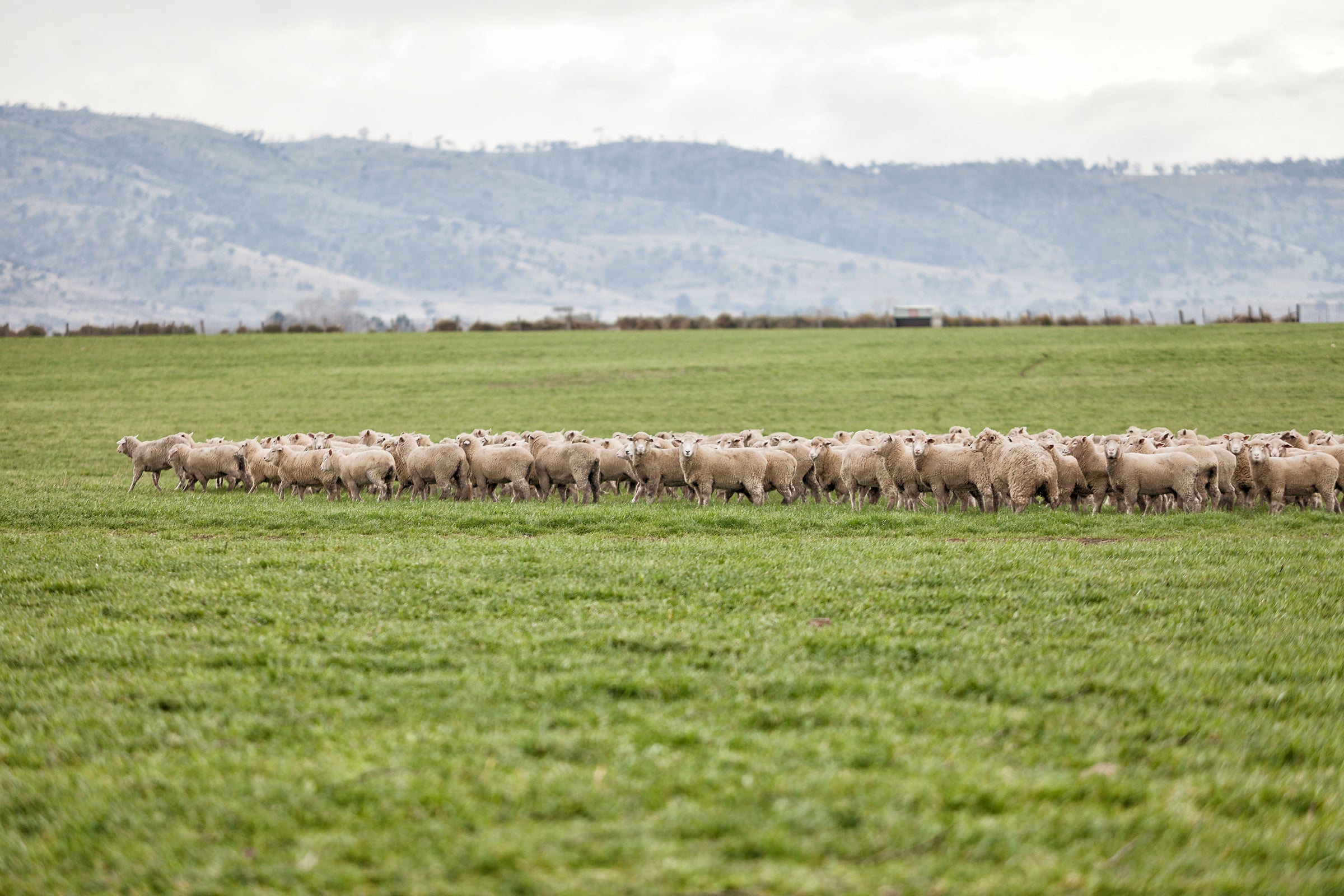
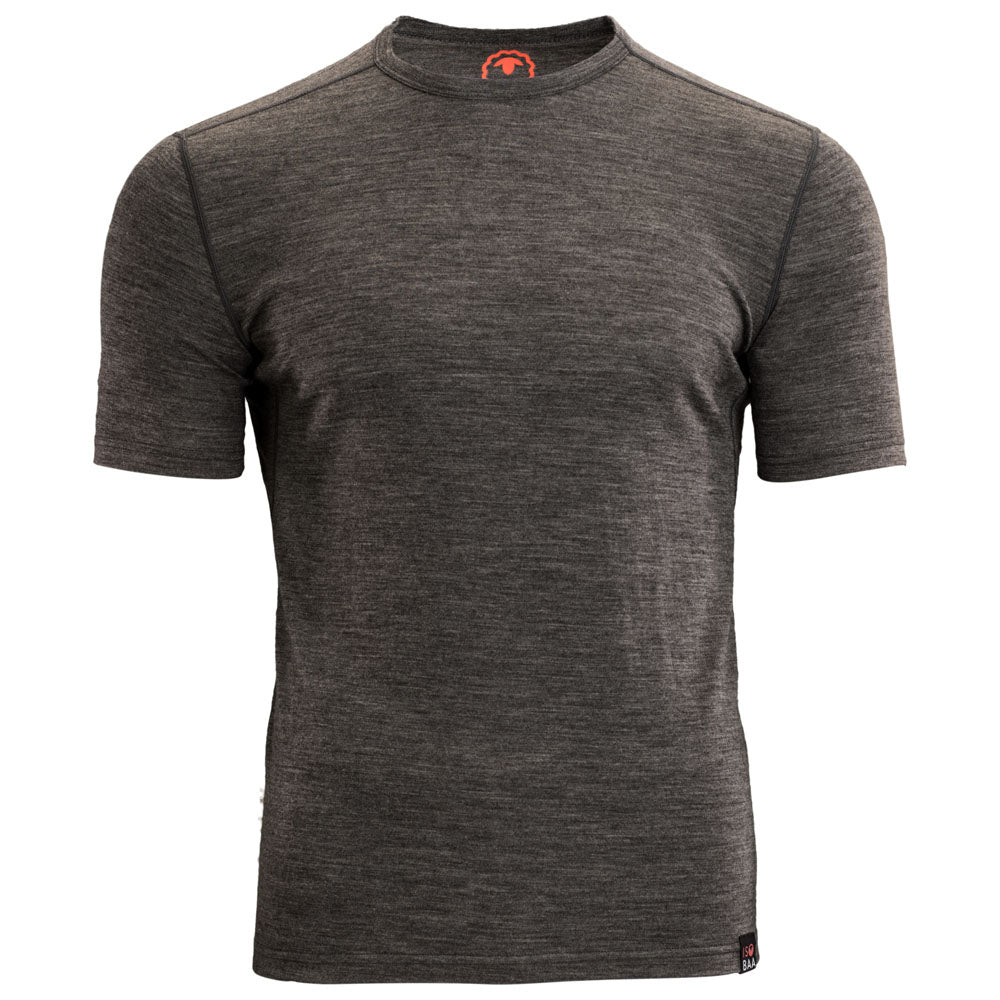
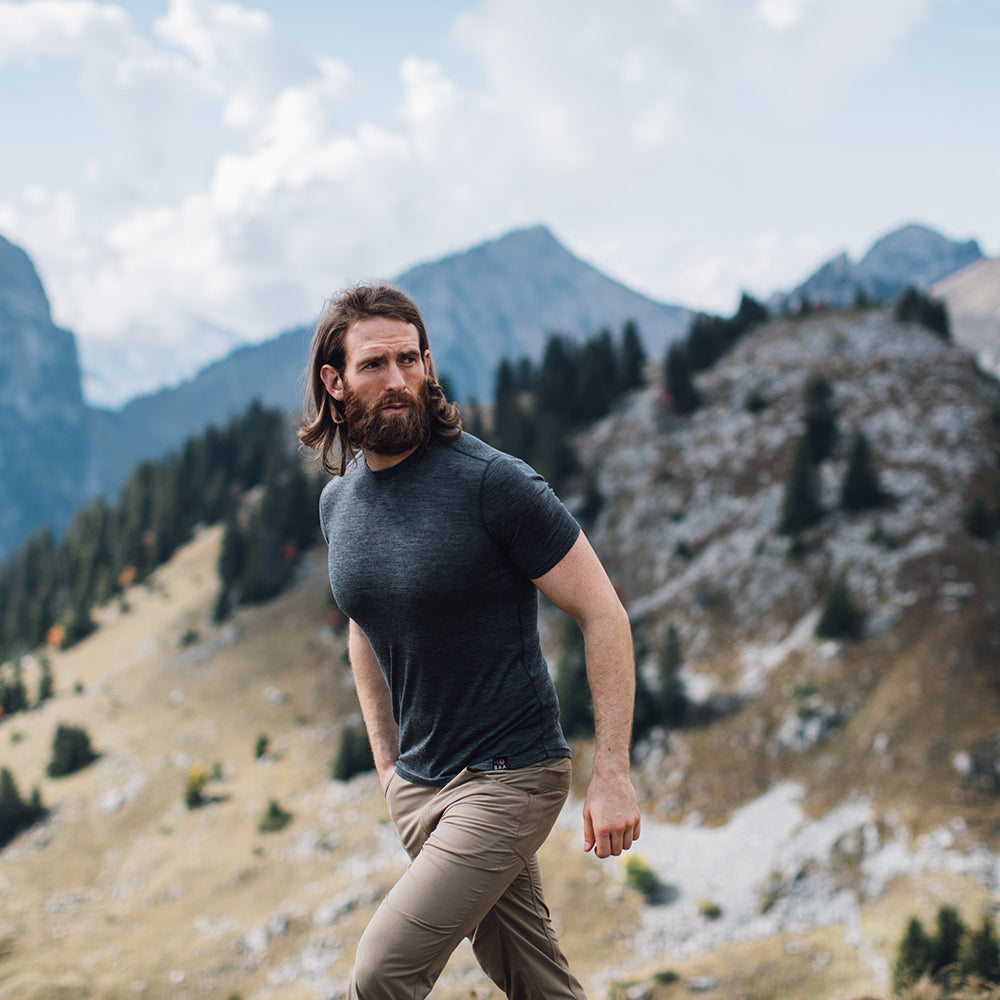
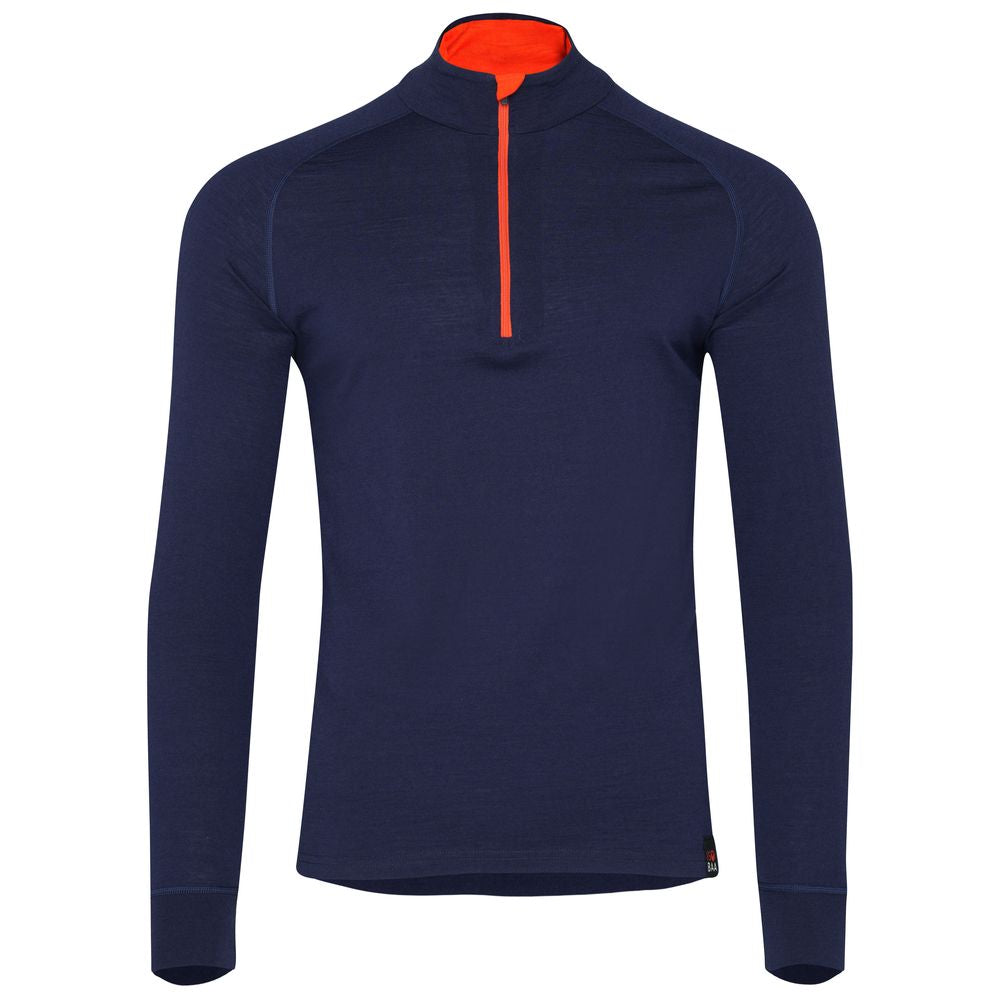

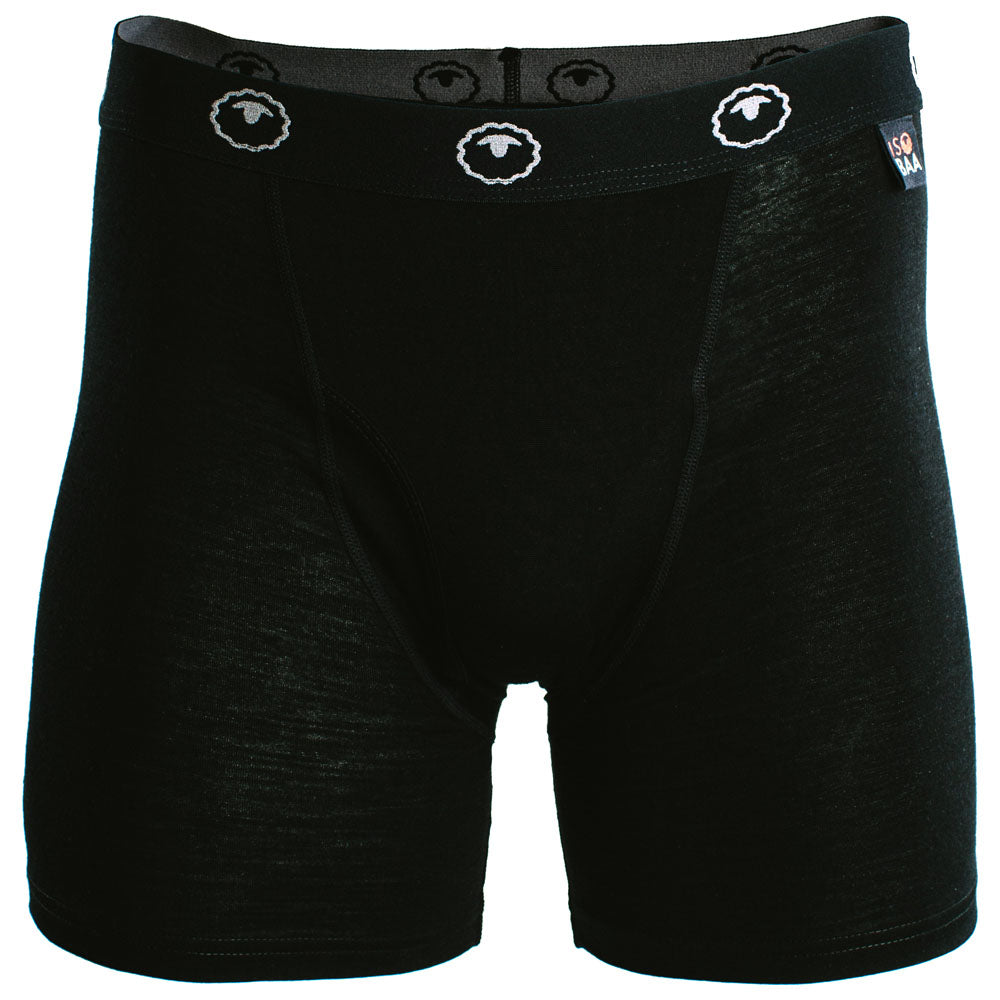
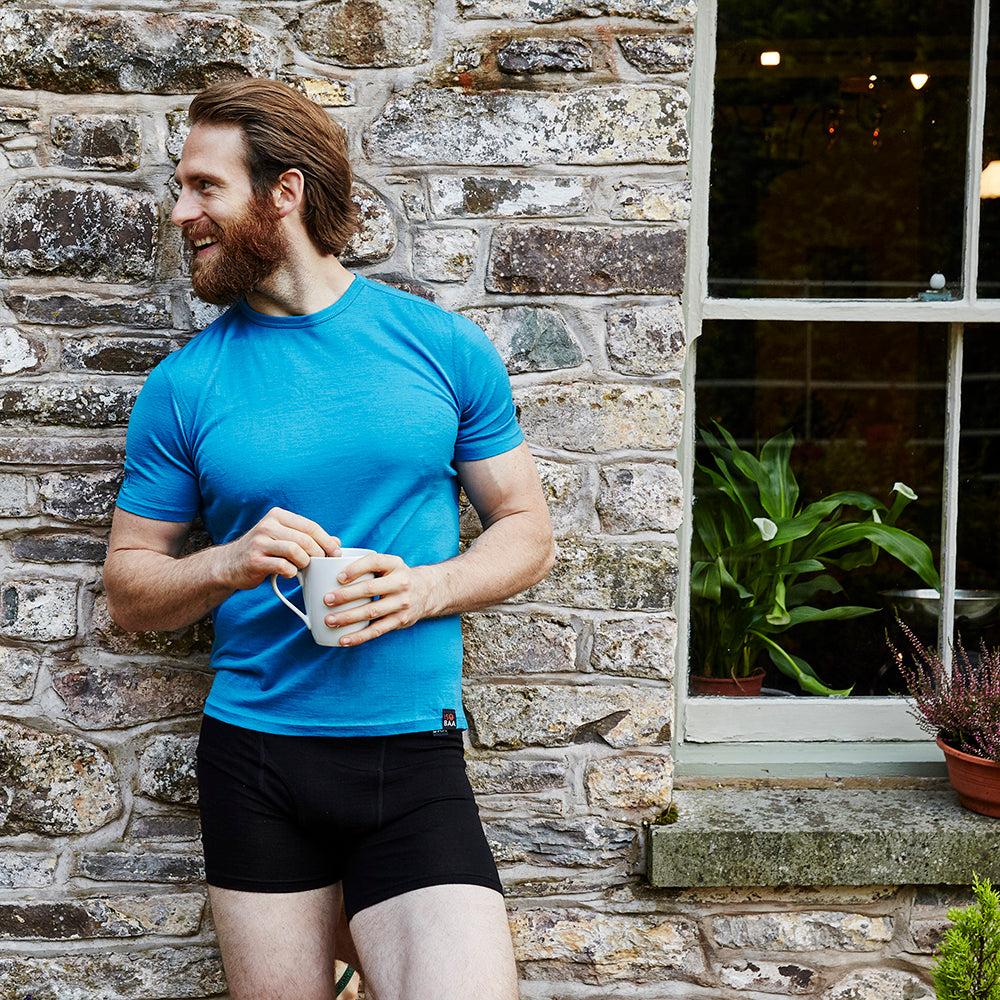
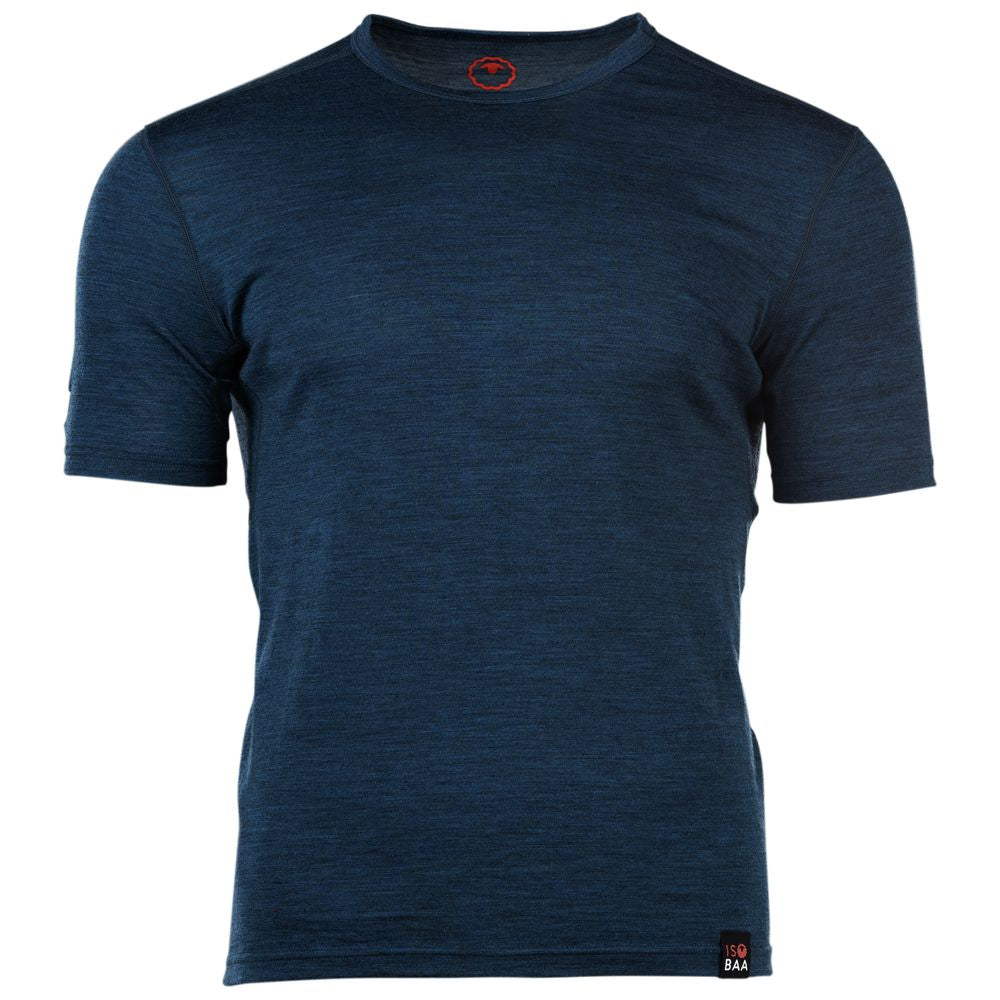
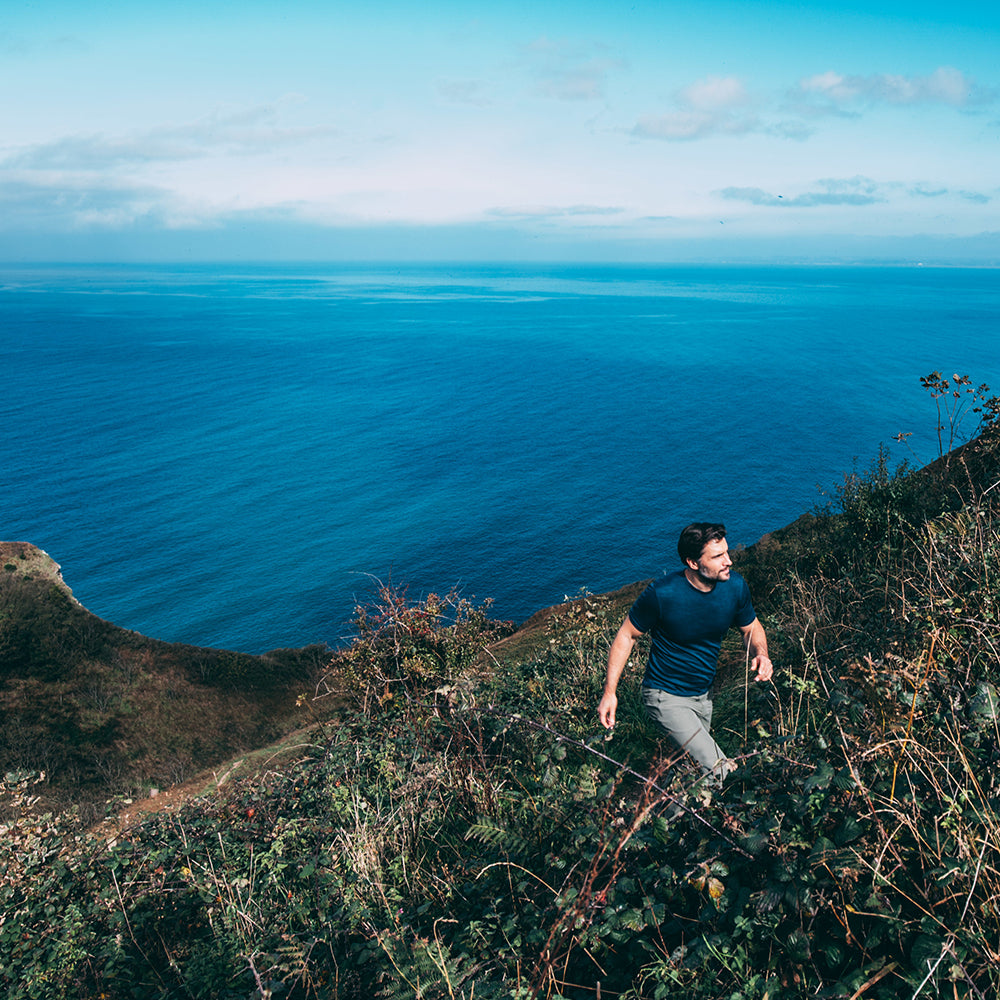
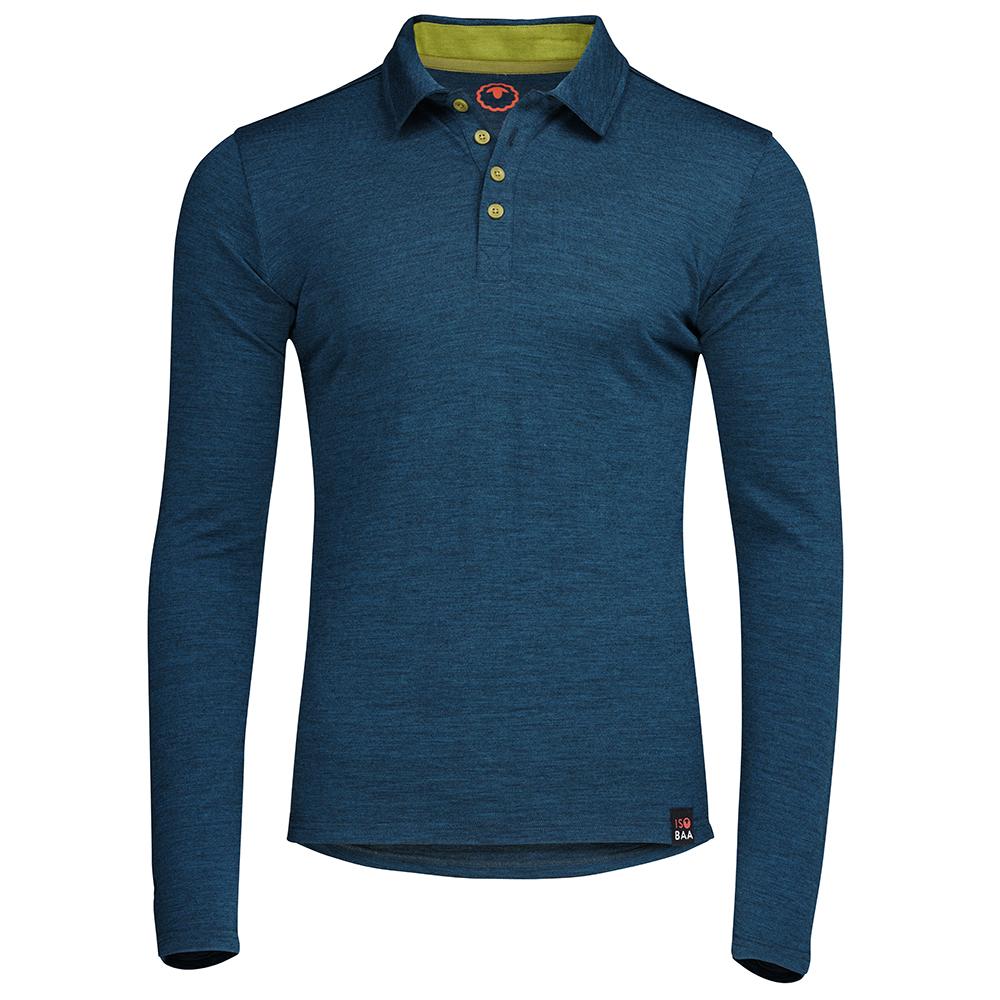

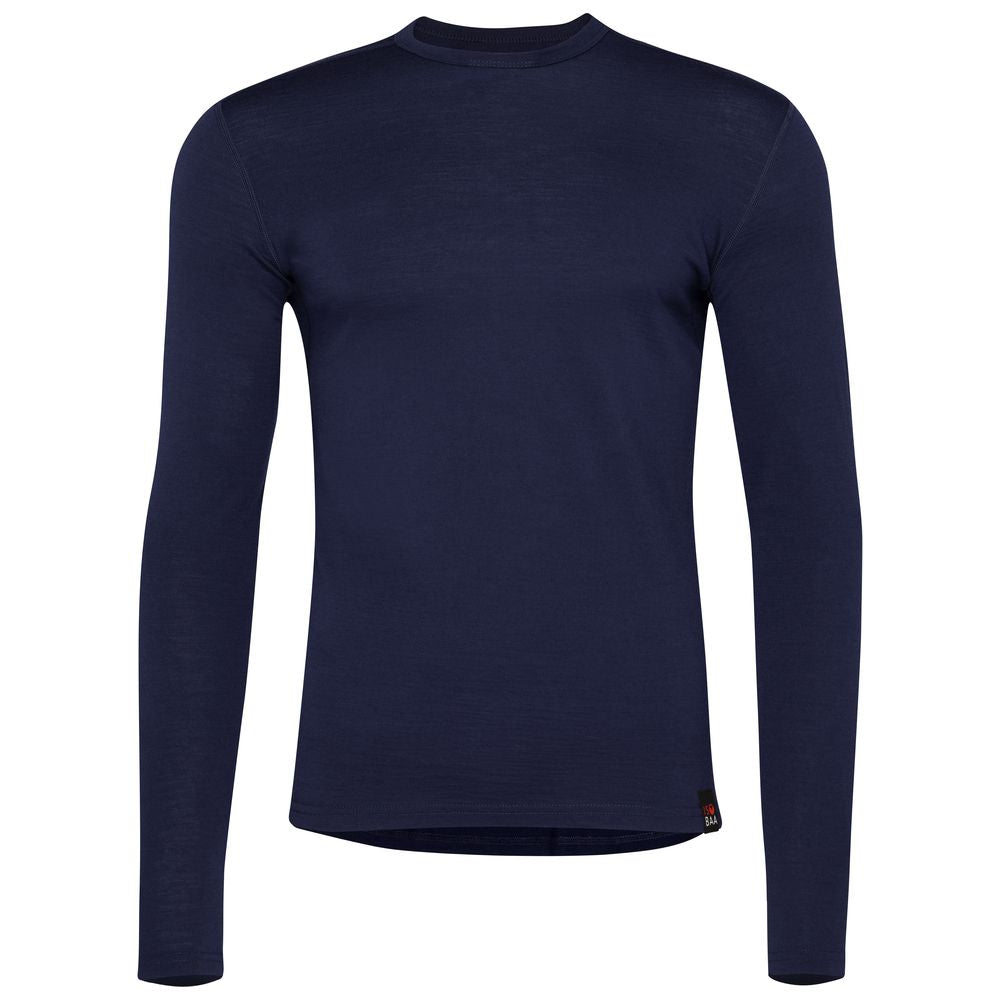
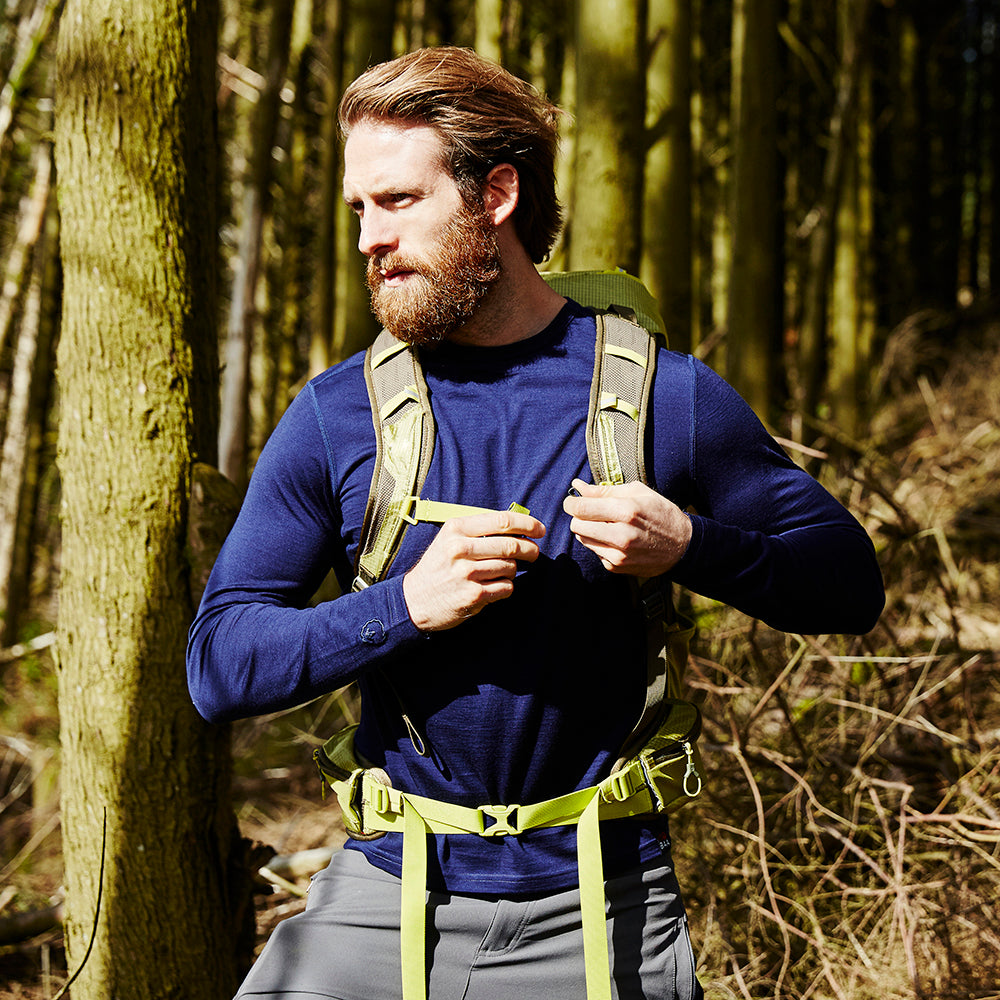
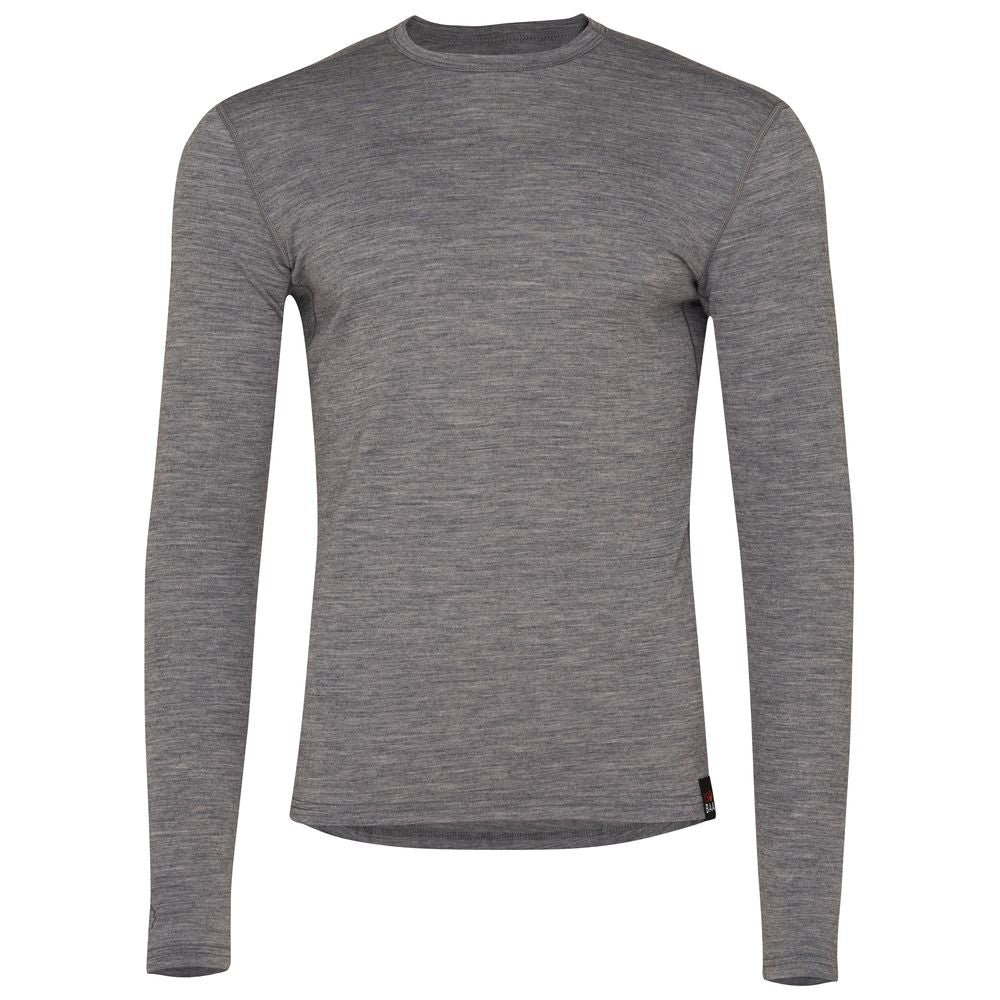
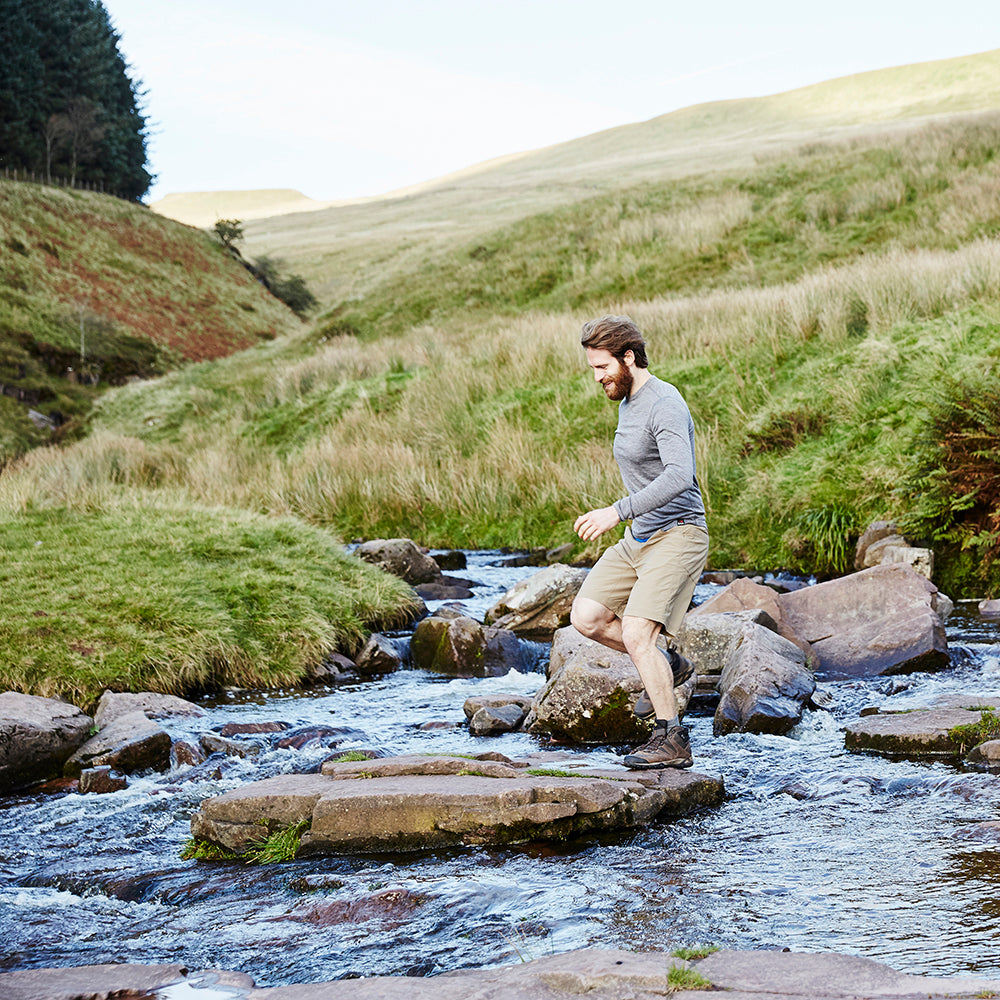
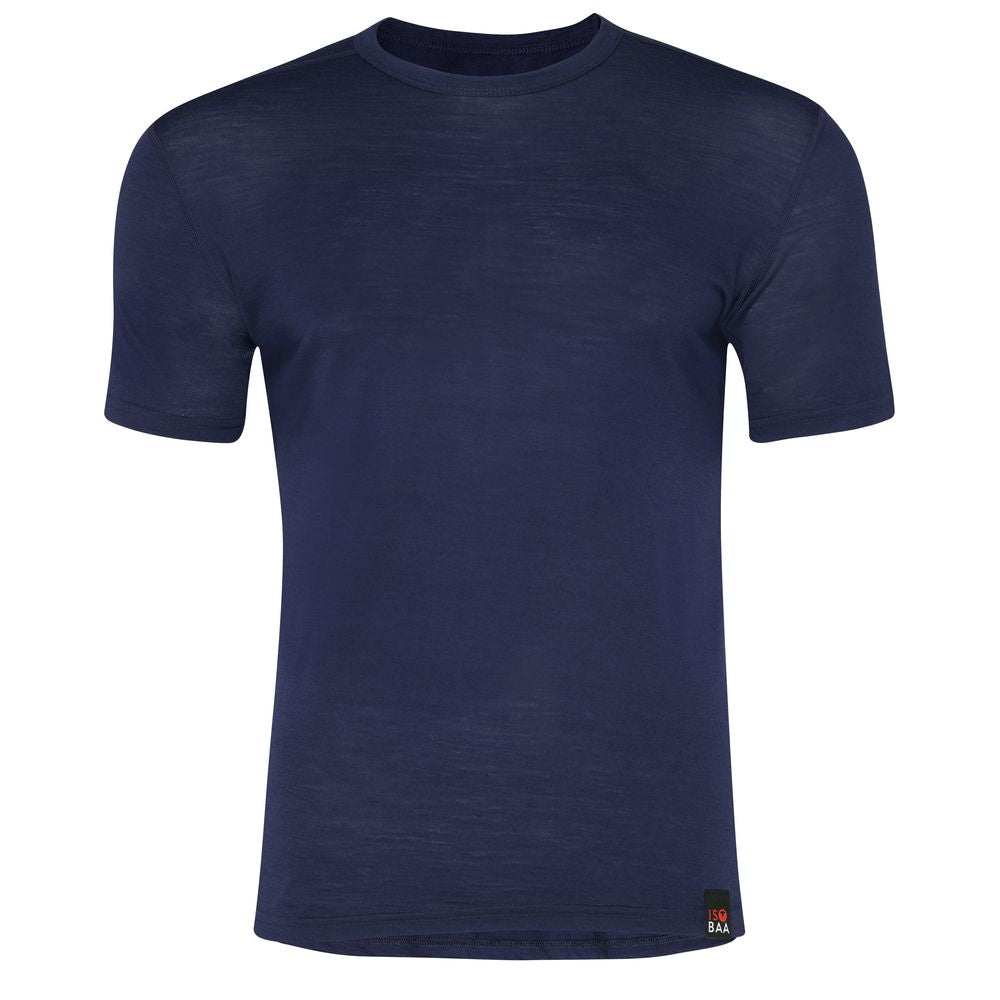
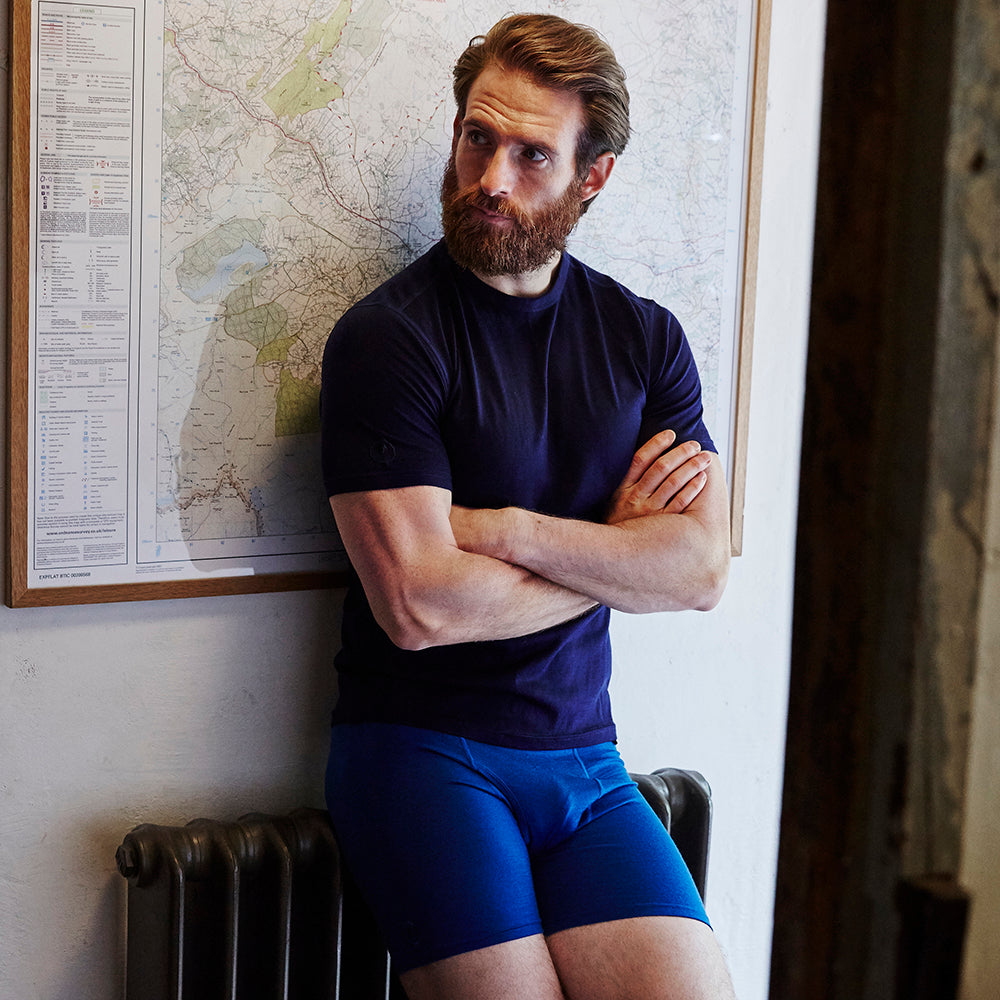
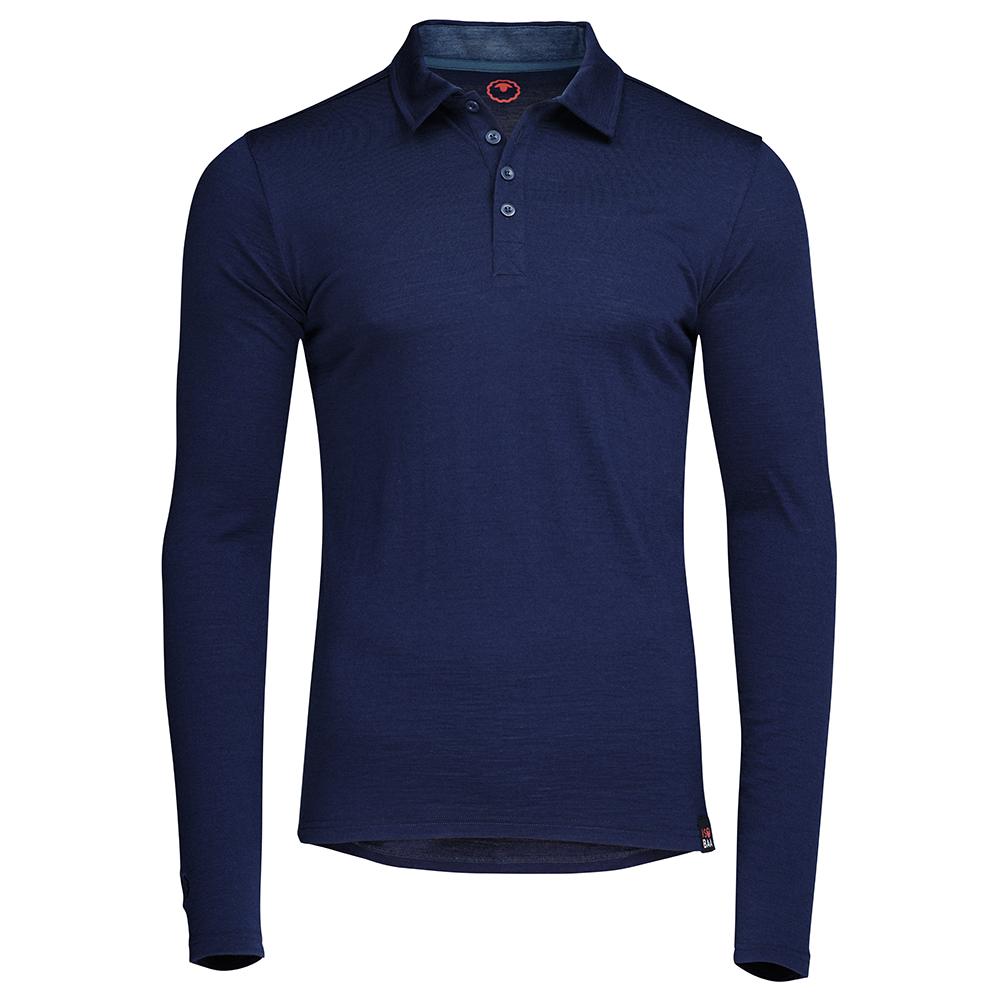

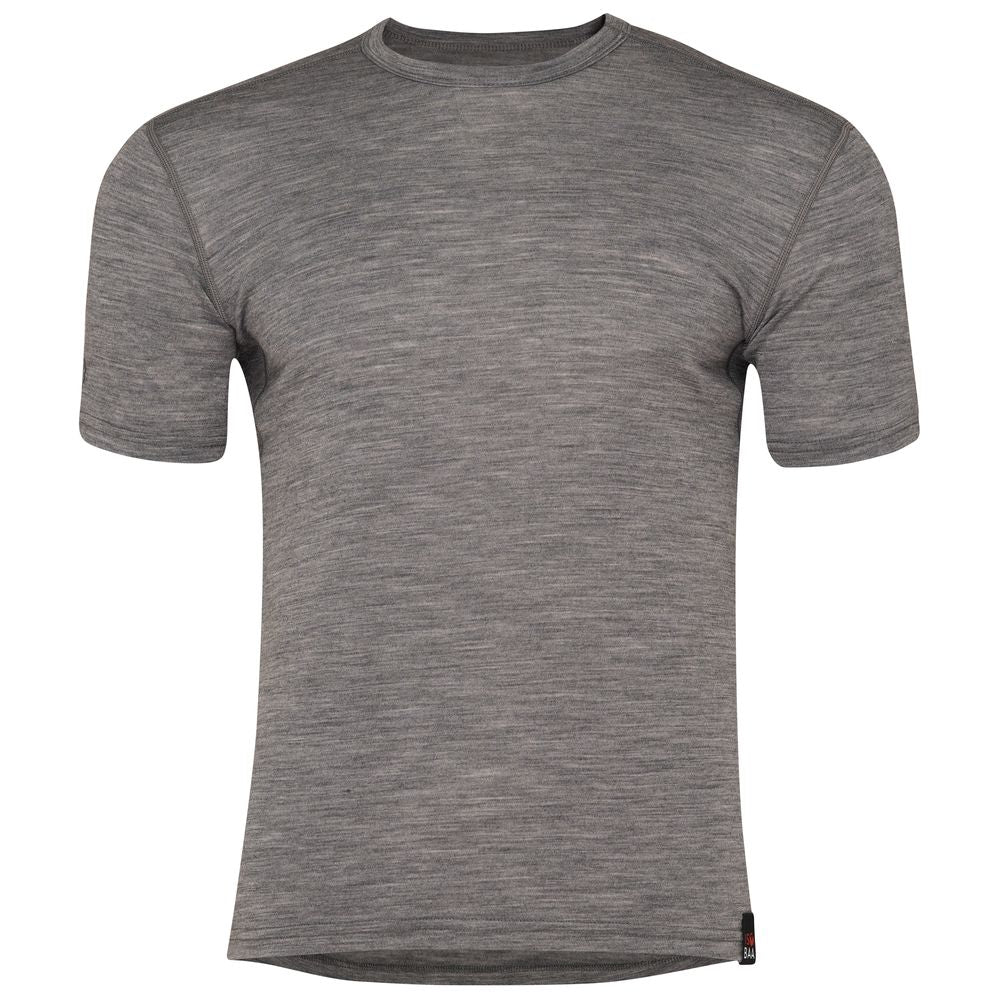

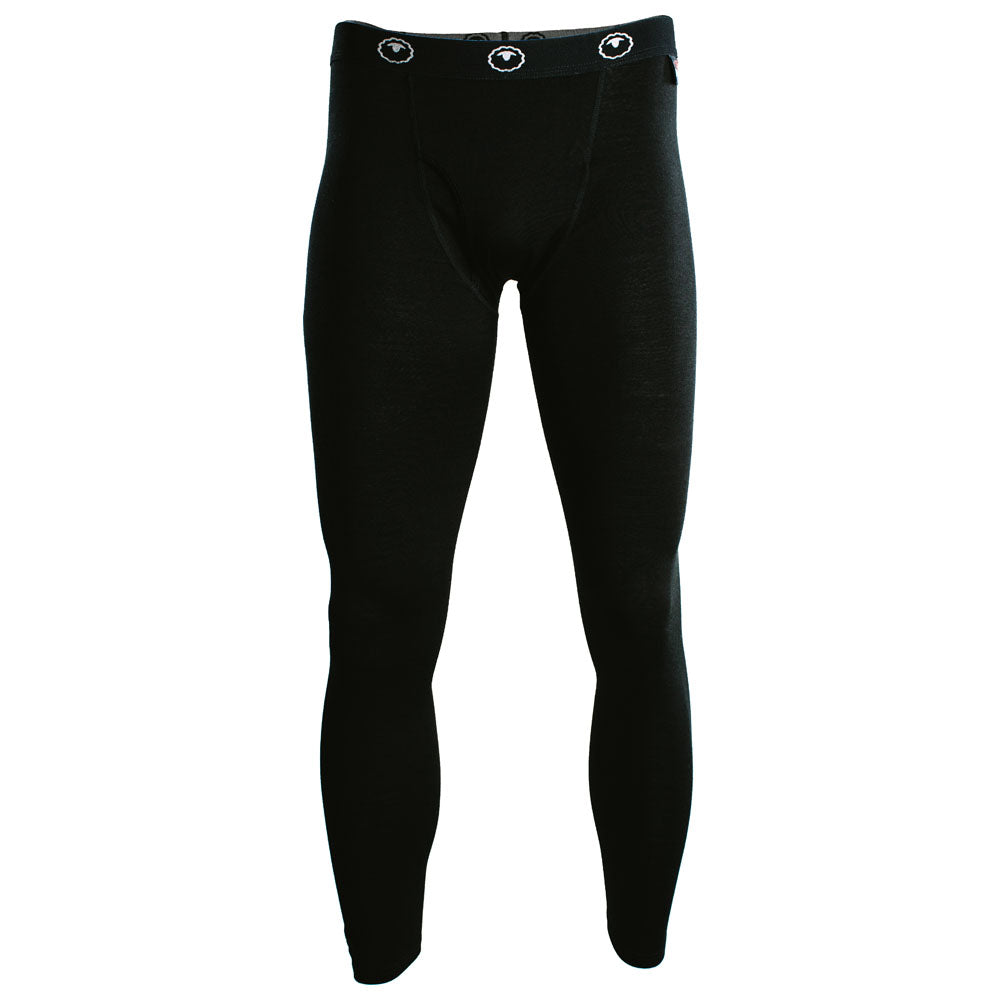
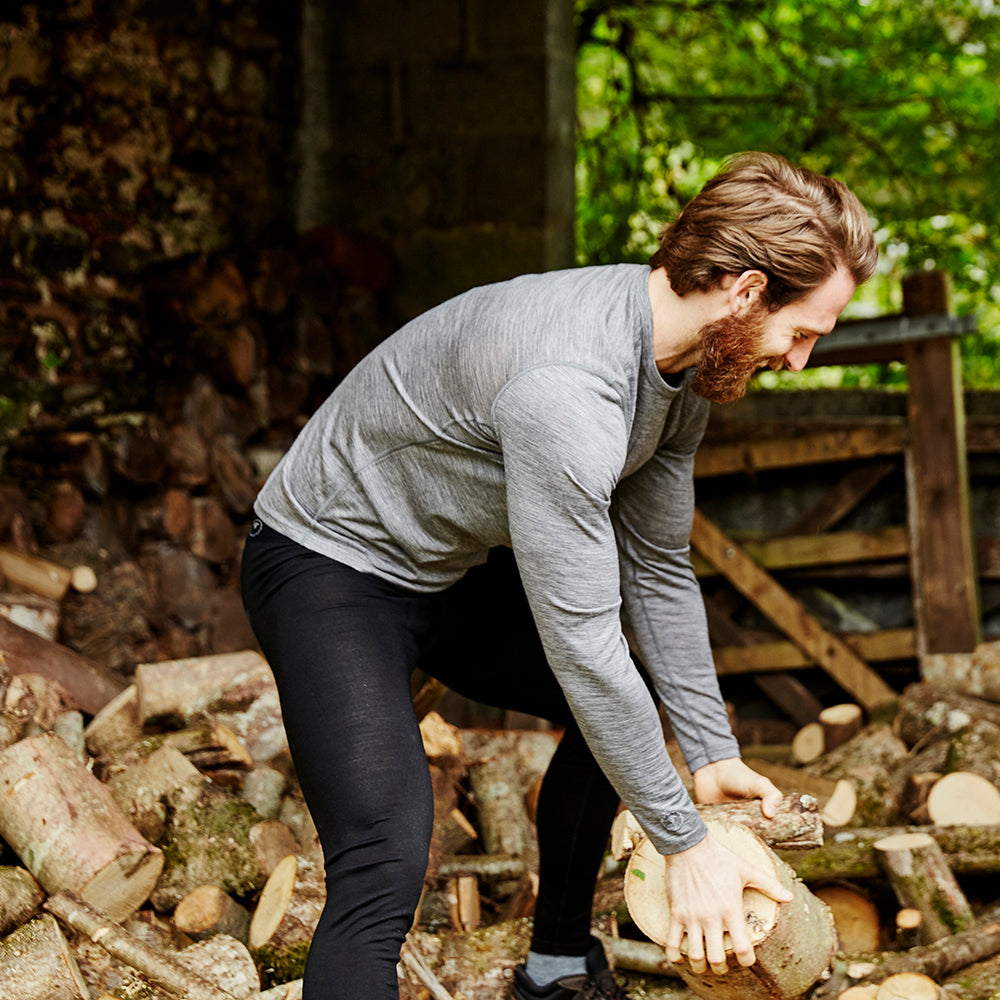
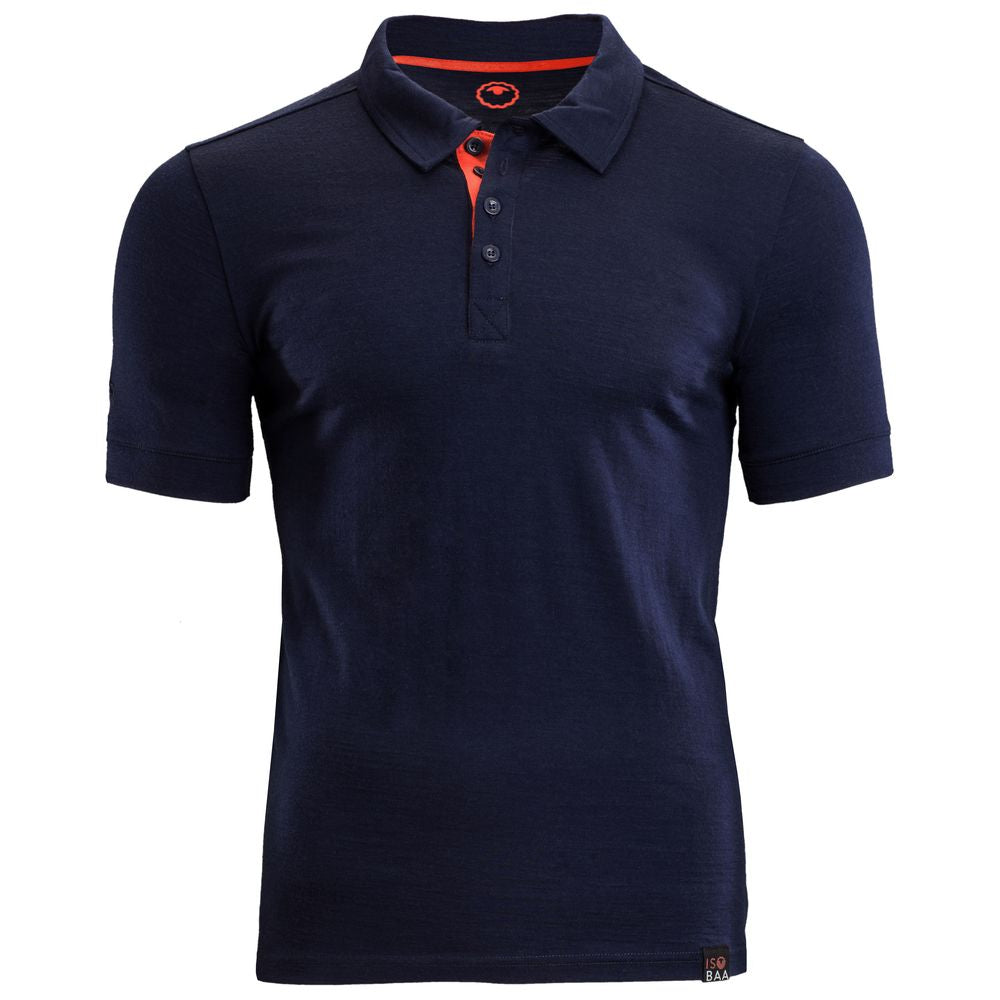
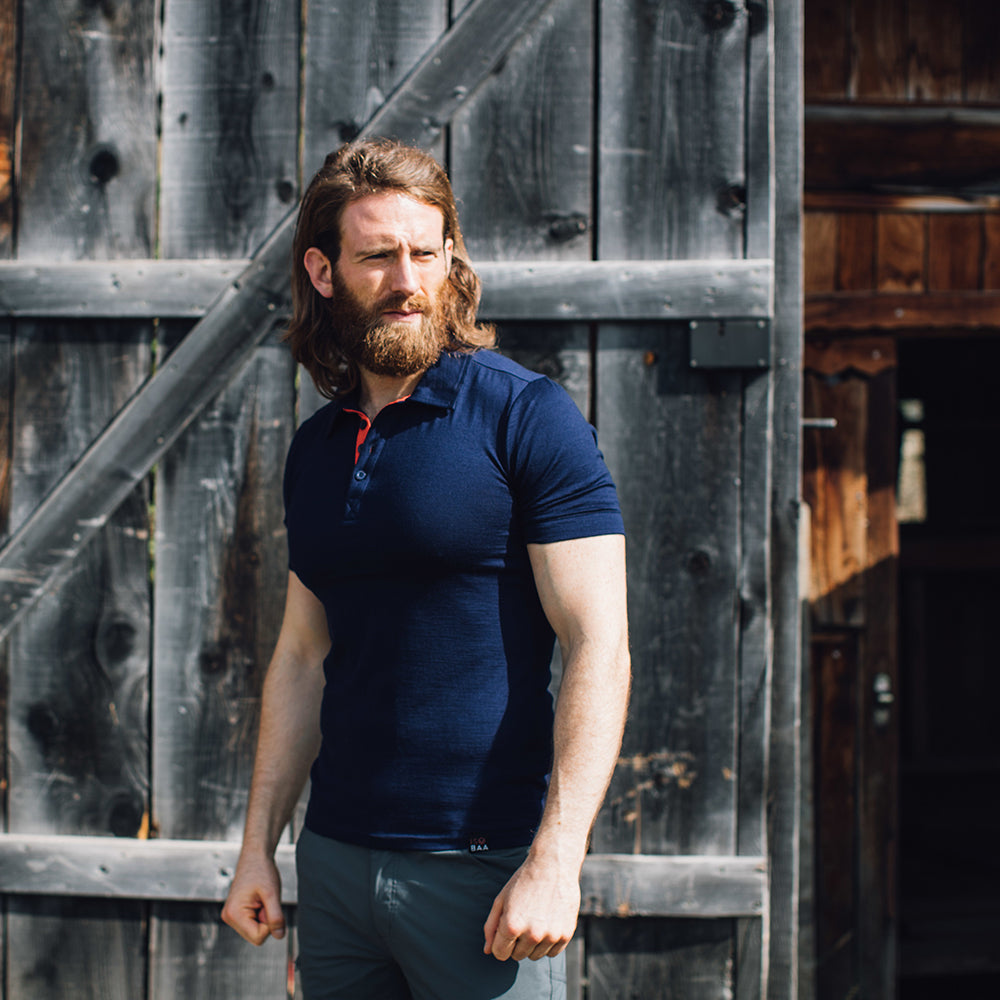
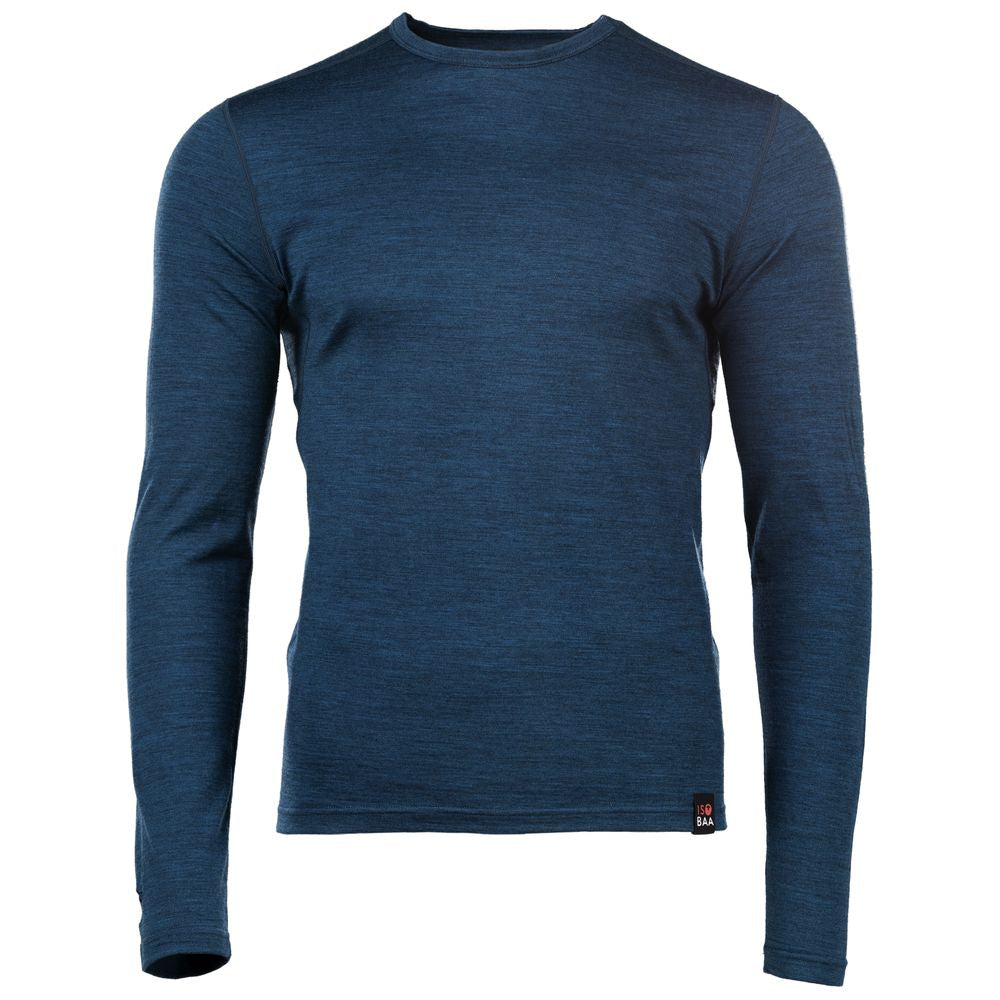

Leave a comment
This site is protected by hCaptcha and the hCaptcha Privacy Policy and Terms of Service apply.